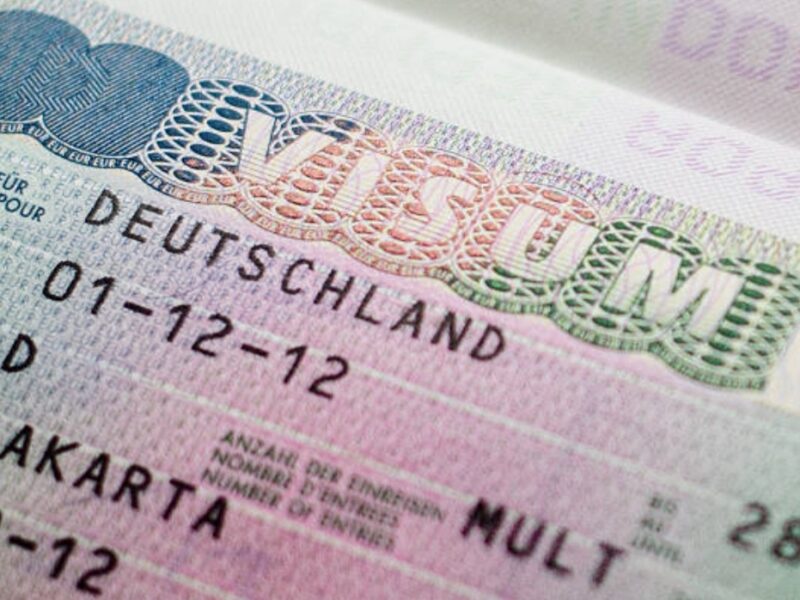While Access to electricity is not even a serious conversation worth having in Western climes, it is one of quotidian concern in many developing countries of the world, particularly in Africa.
The exiguity of and mismanagement of sparse dilapidated electricity generation, transmission and distribution infrastructure in most African countries has further exacerbated electricity supply.
Electricity Access, basrd on the World Bank’s definition, refers to the percentage of people within a country that have STABLE electricity.
The operating word being STABLE.
Stability according to DRAX.com; “When everything is running smoothly an electricity system is described as being ‘balanced’. In this state supply meets demand exactly and all necessary conditions – such as voltage and frequency – are right for the safe and efficient transport of electricity. Any slight deviation or mismatch across any of these factors can cause power stations or infrastructure to trip and cut off power.”
The data used in ascertaining energy access are obtained from industrial sources and houshold surveys. Tracking SDG7
According to ccording to the World Bank, electricity access has to do with the percentage of people, within a given location or country, who have stable access to electricity. Data used for determining energy access are collected from different sources, including industry sources and household surveys.
Tracking SDG7: The Energy Progress Report, which provides data on progress towards sustainable energy as per the Sustainable Development Goal 7, is the source of the list of the leading African countries in terms of energy access. The global dashboard is based on a collaboration between different agencies including the International Energy Agency (IEA), the United Nations Statistics Division (UNSD) and the World Bank.
Below are the top 20 countries in Africa in terms of Energy Access. 4 of the top 5 countries have a 100% energy access and Al 4 are North African countries, boasting world class infrastructure for electricity generation, transmission and distribution as well as solid energy policies and operational mechanisms.
1. Egypt: 100% electricity access.
2. Algeria: 100%
3. Morocco: 100%
4. Tunisia: 100%
5. Gabon: 91%
6. South Africa: 85%
7. Ghana: 84%
8. Botswana: 70%
9. Kenya: 70%
10. Senegal: 70%
11. Libya: 69%
12. Ivory Coast: 69%
13. Equatorial Guinea: 67%
14. Cameroon: 63%
15. Nigeria: 55%
16. Namibia: 55%
17. Sudan: 54%
18. Eritrea: 50%
19. Ethiopia: 48%
20. Congo: 48%
Nigeria ranks 15th with an access level of 55% Given the data dates back to 2019, it could currently be
somewhat lower for the African Giant.
Fellow west African country Ghana ranks several levels higher at 7th with a respectable 84% electricity access. With an installed capacity of over 5 Giga Watts, Ghana reportedly generates more electricity than she can consume to such extents that Ghana exports electricity to Togo, Benin and Burkina Faso.
According to the same report, the European Union and her 27 countries have an Electricity Access of 100%. Surely it is not rocket science !!!


